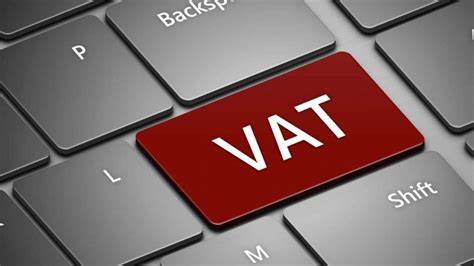How the Value Added Tax is Calculated

Value Added Tax
VAT, or VALUE ADDED TAX, is an indirect tax on consumption. It is therefore the final consumer who pays VAT when he purchases a good or service. Companies act as intermediaries between the State and the customer.
For the Entrepreneurs
Any entrepreneur or company, with or without profit, which provides, as a main or additional activity, goods or services is in principle subject to VAT, regardless of the place where the economic activity is carried out.
However, certain activities are not subject to it (for example doctor, lawyer, or actor). To determine whether or not a profession is subject to VAT, see article 44 of the VAT code.
- As a reminder, in establishing your budget and your financial plan, you always work excluding VAT. Your company is only the point of the passage of these taxes since you reimburse those that the customer pays you while the state reimburses you the one that you pay to your suppliers. If you sell to individuals, they will pay the price plus VAT, but you will only actually get the price excluding VAT.
- Example: if your public sale price is 121 (i.e. 100 + 21% VAT), you will collect 121 from your customer but will have to pay back to state 21 VAT; therefore your actual income to put in your budget is only 100, i.e. the price excluding VAT.
VAT: The principle
VAT(Value Added Tax) is a tax borne by the final consumer and collected by the State at each stage in the production and distribution process.
It is therefore the added value that is taxed at each stage. At the time of filing business taxes, this happens to be essential.
From producer to consumer, cascading VAT: example
A producer sells a mobile phone to a wholesaler for 100 euros. He invoices him a VAT of 21 euros which he pays to the administration via his VAT return.
- The wholesaler sells this mobile phone to a retailer for the price of 120 euros. The invoice includes a VAT of 25.20 euros. The wholesaler deducts in his VAT return the 21 euros which were charged to him by the producer and indicates in the “VAT due” section the VAT he claimed from the retailer, i.e. 25.20 euros. The administration perceives the difference, i.e. 4.20 euros.
- The retailer sells the mobile phone to a consumer for 150 euros + 31.50 euros VAT. The consumer, therefore, pays a total of 181.50 euros. The retailer in his declaration the VAT which was charged to him by the supplier, ie 25.20 euros, and indicates in the heading “VAT due” the VAT which he claimed from the consumer, ie 31.50 euros. The administration collects the difference, i.e. 6.30 euros.
The administration collected, by split payments, the following VAT: 21 + 4.20 + 6.30 = 31.50 euros. This corresponds to the VAT paid by the final consumer.
Category: Taxes




